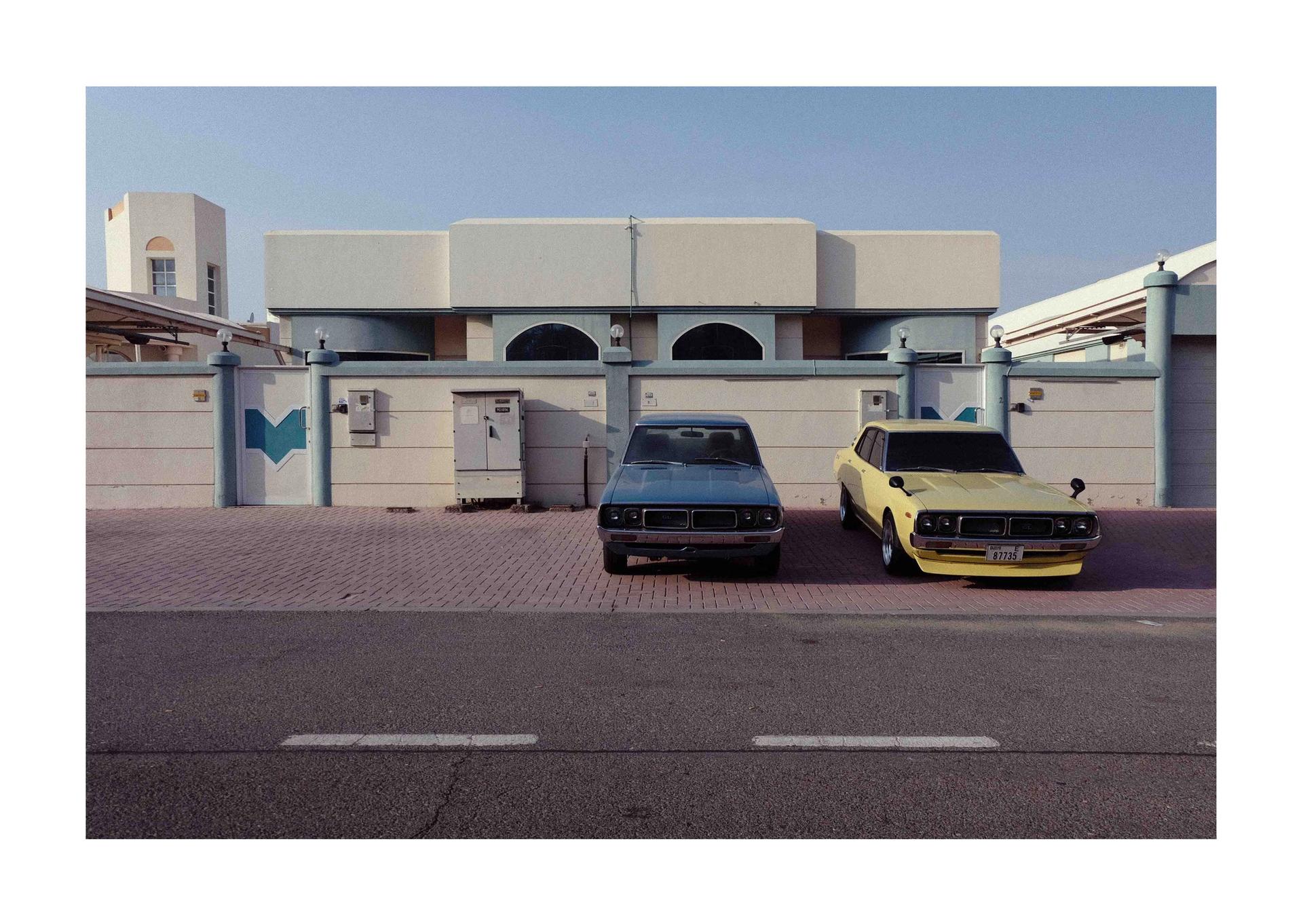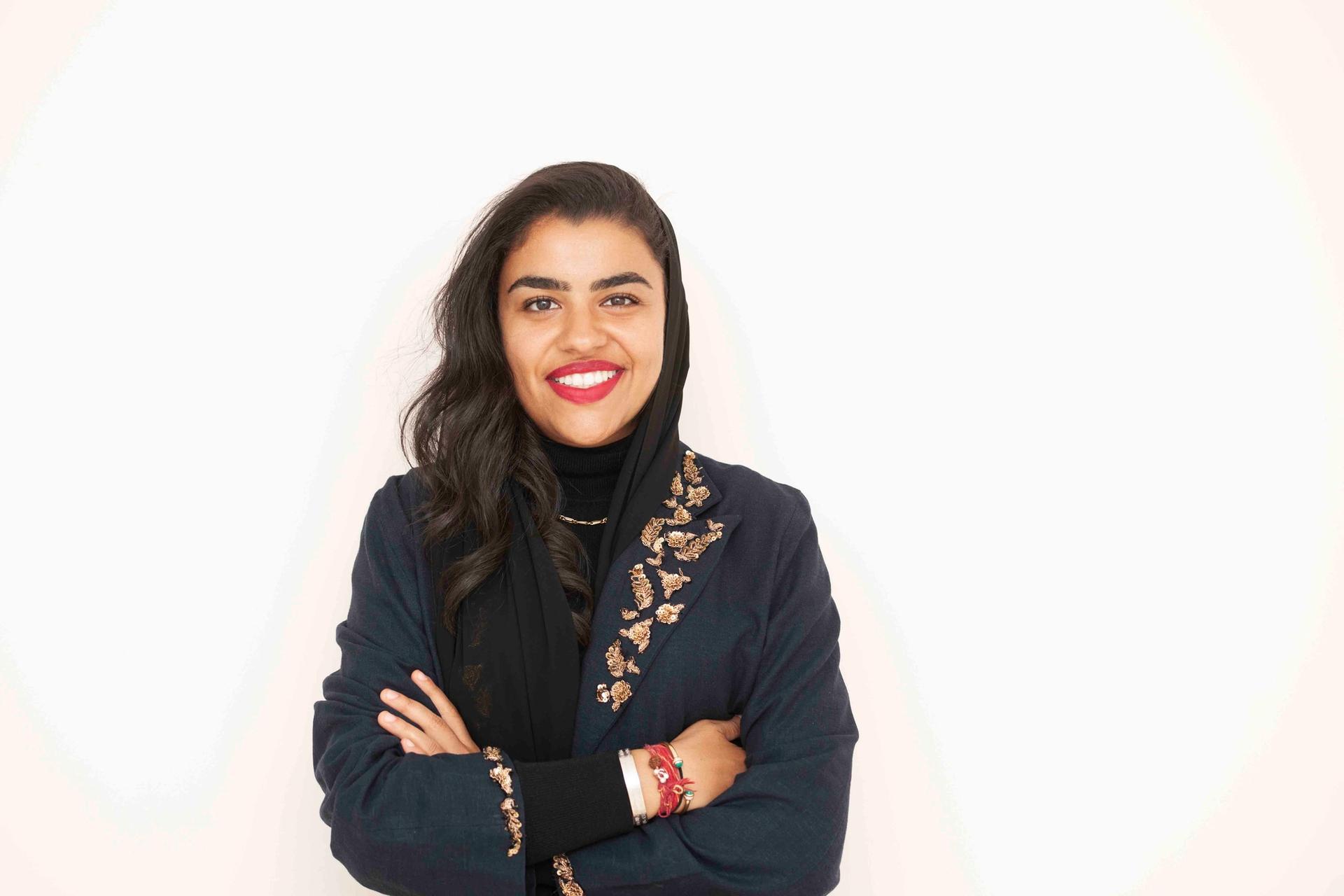With Dubai hosting the much-publicised World Expo, 2020 was supposed to be the year that pulled the UAE out of its sustained economic slump. But the decimation of tourism, normally the lifeblood of Dubai, due to the pandemic has shifted the balance of power further towards Abu Dhabi and its deep-pocketed institutions. Last spring, the government announced it would support Emirati artists by buying works for its embassies, but offered little else in the way of support. The auction houses Sotheby’s and Christie's, who nominally have a presence here but little impact beyond inflating prices, flirted with online sales in place of their annual or biannual live sales in Dubai, in some instances holding charity auctions with local galleries.
The UAE’s commercial art market—which is limited to Dubai—relies heavily on fairs and international collectors: dealers have been heard to joke that their physical spaces are essentially non-commercial kunsthalles. The Alserkal Avenue-based galleries Lawrie Shabibi and The Third Line are attempting to better cater to their largely European clientele by opening secondary, by appointment spaces in the new London gallery hub Cromwell Place. Art Dubai, for the moment, still plans to go ahead with a live fair in March despite a steep rise in coronavirus cases sparked by an influx of overseas travellers over the festive period. But with international events still out of the question, the art world is experimenting with new models.

Malda Smadi's '74-'75 (2020) was part of 101 platform's Playing Spaces sale in November Courtesy of 101 and the artist
Chief among these is 101, a new quarterly online sale model founded last summer by the curator Munira Al Sayegh and writer, critic and theorist Gaith Abdulla. They want to provide an alternative schedule to the over-concentration on fairs in March (Art Dubai) and November (Abu Dhabi Art) which means that local programming and commercial activity cluster around these two poles. Emerging artists have few opportunities to sell and tend to either be represented right out of a BFA course and sold at inflated prices—especially if Emirati—or locked out of the market altogether. The 101 platform also aims to redress inequity and support young emerging artists. “In many cases, artists are exploited and undervalued and aren't given enough of what they need from the gallery,” Abdulla says. He adds that they work collaboratively with these artists to price their work in a way that is sustainable and allows their market to develop in the future. They do not represent artists but instead sign non-exclusive, limited-term consignment agreements with a generous 30:70 split.
The 101 team aims to build a new, non-traditional collector base that is willing to expand beyond the pervasive crutch of ethnicised representations (Indian collectors buying only Indian artists, etc). They want to disentangle art from investment to get first-time collectors aware of and excited about artists in their formative career stages, who might lack gallery representation. “[The audience] we are trying to get is that non-[art] professional. We’re not talking to our friends.” Al Sayegh says, adding that it is especially crucial in such a rapidly developing country. “We are trying to highlight why collecting is important: because you are collecting the contemporary history that is being made today ”
Dealers have similar frustrations. “Those auction houses who were promoting Iranian artists to Iranians and Syrians to Syrians have left, for some people, irreversible damages,” says Kourosh Nouri of Carbon 12, another Alserkal Avenue gallery. He is re-evaluating how many fairs his gallery does: “Look, the fair used to be a necessary evil. Now some fairs are an unnecessary nuisance, we realised during the pandemic they actually swallowed a lot of money.” As for selling via PDF, he sees them as a tool in the sales arsenal but prefers face-to-face meetings. “I become suspicious of collectors who have never seen the artworks before but suddenly start to show a keen interest. That means they are buying mainly with their ears or their eyes or are being advised, you know what I mean.”

Munira Al Sayegh, co-founder of 101 Courtesy of 101
The 101 team’s efforts to make collecting accessible including filming introductory videos with participating artists for each week-long sale, plus a research and education arm. The latter includes papers on subjects like Khaleeji museology, weaponised nostalgia and decolonising Emirati art—”from the region, for the region” Al Sayegh emphasises. It is a subtle counter to foreign academics who parachute in to use the Gulf—and its people—as fodder for their research: “Our voices are interpreted as they wish to be then diagnosed, analysed and spread out in the world in a very stereotypical way.”
Although Art Dubai was cancelled last March, it has continued its own efforts to build collectors online and still hopes to hold its 2021 edition in March. New regional director Hala Khayat says that the fair “has always been part of the cultivation of emerging art buyers who need more hand-holding tools throughout the experience.” Their physical programming includes talks, tours and presentations, and for VIPs, access to special viewings and studio visits during the fair. Online that has been translated to a series of solo exhibitions (works on view are for sale) and a series of sessions connecting artists and galleries to collectors. She points to a generalised sense of positivity across the country as the art world reopens again as well as a “greater community spirit.”
Umer Butt of Grey Noise gallery, another in Alserkal Avenue, is less optimistic but moved by the outpouring of support from his collectors. “I sold reasonably well during the lockdown, but not from viewing rooms. First they reached out purely as a gesture of saying are you okay?” He mentions a deepening of relationships—or at least communication—among galleries too, but is most excited about a Zoom he set up for all the artists on his roster, many meeting for the first time. “It’s an important part of my practice. To be a human and then a professional.”


